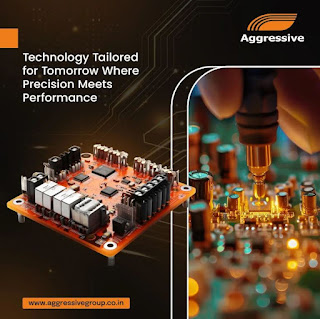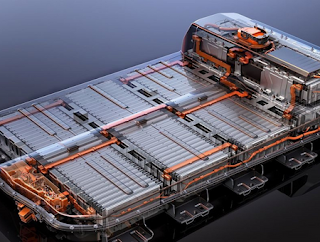Designing For Manufacturability: How To Make Your Product Easier to Build
Ever wondered how seemingly complex products end up on store shelves at affordable prices? A key factor is Design for Manufacturability (DFM). DFM is an engineering practice that optimizes product design for efficient and cost-effective production. By incorporating DFM principles early in the design phase, you can significantly improve your product's manufacturability, leading to several benefits:
Reduced Costs: DFM minimizes complex features, unnecessary parts, and tight tolerances. This translates to simpler manufacturing processes, less material waste, and faster production times, all contributing to lower overall costs.
Improved Quality: DFM practices often involve selecting materials and processes that ensure consistent quality throughout production. This reduces the risk of defects and ensures your product meets functional and aesthetic requirements.
Faster Time-to-Market: By identifying potential manufacturing hurdles early on, DFM helps streamline the production process. This allows you to get your product to market quicker, capitalizing on market opportunities.
Why DFM Matters?
Imagine a product with complex curves that requires intricate machining – it might look amazing, but production will be slow and expensive. Through DFM, we identify potential roadblocks early on. This collaborative approach, involving our design and manufacturing expertise, leads to:
Reduced Costs: By optimizing designs for chosen manufacturing processes, we minimize material waste and streamline production steps, leading to significant cost savings.
Faster Time to Market: A DFM approach avoids production delays caused by design flaws. We get your product to market quicker, capitalizing on that crucial launch window.
Improved Quality: DFM ensures parts fit together seamlessly, minimizing defects and ensuring a consistent, high-quality product.
Here are some key DFM considerations for product designing services:
Minimize Parts: Focus on multifunctional parts that serve multiple purposes. This reduces complexity, assembly time, and overall part count.
Standardization: Utilize standard components whenever possible. This simplifies sourcing, reduces inventory needs, and ensures compatibility with existing manufacturing processes.
Material Selection: Choose materials that are compatible with your chosen manufacturing method. Consider factors like machinability, formability, and cost.
Design for Assembly: Break down your product into easily assembled sub-components. Ensure clear access points for tools and minimize the need for complex assembly techniques.
Manufacturing Awareness: Collaborate with product design services that understand different manufacturing processes. Their expertise can help you design for specific techniques like 3D printing, injection molding, or CNC machining.
By partnering with product design services that prioritize DFM, you can ensure your product is not only innovative but also built for efficient and cost-effective production. This paves the way for a successful product launch and a competitive edge in the marketplace.
The Aggressive Designs Advantage
Our team doesn't just design products – we design for manufacturability. Here's how:
Understanding Your Vision: We work closely with you to understand your product's functionality and target market.
Manufacturing Expertise: Our team has a deep understanding of various manufacturing processes, allowing us to tailor designs for optimal production.
Collaboration is Key: We foster open communication between designers and manufacturing partners, ensuring a seamless transition from concept to creation.
Ready to Build Something Great?
At Aggressive Group, we don't just design products, we design for success. Contact us today and let's turn your vision into a reality, efficiently and effectively.
We are Aggressive Group – Building Products, Building Businesses.

.jpg)

Comments
Post a Comment